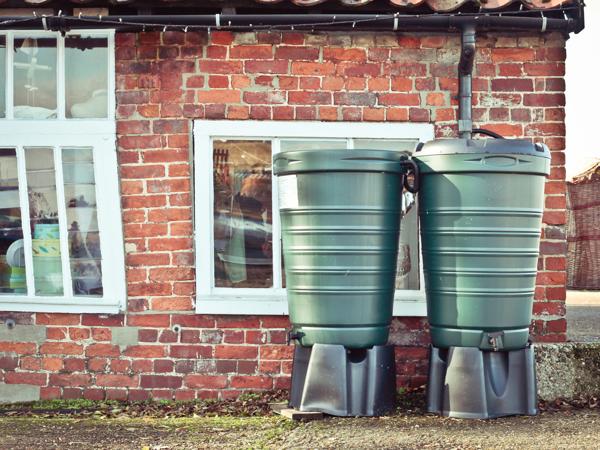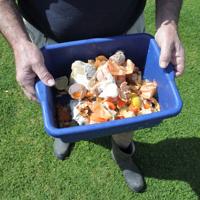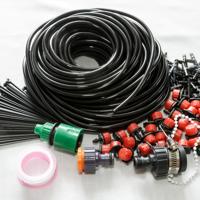Water management plays a crucial role in the success of permaculture systems, and swales are a key technique employed by permaculturists around the world. These shallow, flat-bottomed channels help manage water sustainably, capturing and redistributing it across landscapes, promoting regenerative agriculture. Here’s a closer look at swales and their function within permaculture.
Understanding Swales
Swales are essentially shallow ditches designed to capture and redirect rainwater. Positioned on a contour line across a slope, they collect rainwater as it flows downhill. This water is then slowly infiltrated into the ground, preventing erosion and enabling soil moisture retention.
Key Characteristics:
- Aligned with Contours: Swales are constructed perpendicularly to the slope, following the natural landscape contours.
- Level Excavation: Unlike drainage ditches, swales are level throughout, which ensures even water distribution.
- Vegetative Cover: Plants often cover swales to further aid in water infiltration and soil stabilization.
The Role of Swales in Soil and Water Management
1. Erosion Control
By slowing down water flow, swales greatly reduce soil erosion. This is vital as erosion can strip away nutrient-rich topsoil, diminishing the land’s fertility.
2. Water Conservation
Swales enhance water availability in the landscape. By capturing rainfall and allowing it to seep slowly into the soil, they help maintain soil moisture even during dry spells. This approach is invaluable in regions susceptible to drought.
3. Groundwater Recharge
Swales facilitate the percolation of surface water into underground aquifers, thus replenishing groundwater reserves. This can have long-term benefits for local water supply.
4. Creating Microclimates
The establishment of swales can lead to the formation of unique microclimates across a property. By holding moisture, swales foster a more humid environment conducive to growth, which can support a diverse range of plant species.
Installing Swales: Practical Considerations
Site Assessment
Before constructing a swale, it’s important to assess the landscape. Understanding topography, soil type, and rainfall patterns will guide efficient swale design. Conducting a contour survey using tools like a laser level or A-frame level ensures accurate placement.
Swale Design and Construction
Start small. Building mini swales can be an instructive step to observe water behavior. Each swale should be only as deep and wide as is necessary for local conditions. Monitoring during the first significant rain can offer insight for adjustments.
Integration with Plant Systems
Choose plants that can thrive in wetter soil conditions. Perennial grasses, nitrogen-fixing shrubs, and fruit trees complement swales well and can enhance water absorption while preventing erosion further.
Maintenance
Regular maintenance is critical. Remove debris, manage invasive plants, and ensure that the swale maintains its contour over time to keep it functioning effectively.
Real-World Application: Examples
Geoff Lawton’s Permaculture Design
Many are inspired by Geoff Lawton’s permaculture projects, where swales effectively rehabilitate degraded land in arid climates. His projects in Jordan, for example, showcase how swales transform dry, hard land into productive, green landscapes.
Innovative Urban Solutions
Urban permaculturists adapt swales for community gardens or city parks. These swales, though smaller, help manage stormwater, reduce urban heat, and enhance biodiversity even in densely populated areas.
Conclusion
Swales represent a humble yet vital component of sustainable water management in permaculture. By enhancing the land’s ability to soak up and retain water, they contribute to more resilient ecosystems. Incorporating swales can foster healthier soil, diverse plant life, and a more self-sustaining environment. As with any permaculture practice, careful planning and thoughtful observation can guide the successful implementation of swales. Whether you’re working on a small garden or a large landscape, swales offer promising potential to nurture the earth.




